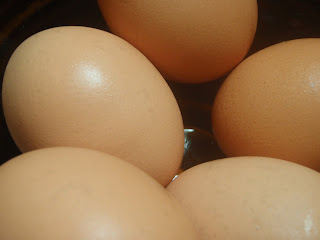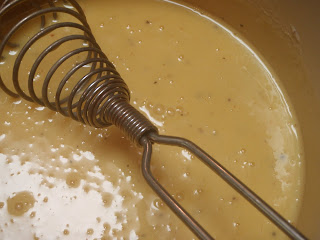I just went with a friend to see Psycho at the symphony.
The movie was shown while the orchestra played the skin-crawling, screechy violin score.
I've seen it a few times before, but it was a different experience at the symphony/with the symphony and a large crowd of people.
I like Alfred Hitchcock very much- his movies are so interesting and much more of a psychological thriller-type than what you find, for the most part, today.
He's funny- so blase on the outside, so perfectly droll in personality, voice, and demeanor... you wonder what made him tick on the inside as he didn't really seem to fit what he did.
Anyway, when I told one of my aunts that I was planning to see Psycho, she started laughing and went on to tell a story about another one of my aunts...
As high schoolers they went with a couple of friends to the university to see Psycho. I'm sure they thought they were somewhat a big deal to do something like this. Anyway, at one of the final climactic points (*stop reading here if you're afraid I'll ruin the movie for you), aunt #2 stood up, pointed, and screamed at the screen, "He's his mother!!!"
Of course, by this point it was completely obvious to everyone in the theater.
OK, YOU CAN START READING AGAIN IF YOU STOPPED.
Apparently she was really getting into the movie, and she seems to have a bit of a history with really getting into things.
Needless to say, they were mercilessly teased by the college boys attending the movie.
It's interesting, the stories you can hear about one relative by talking to another.
One of the take-home lessons from this particular movie is to stay away from men named Norman who run isolated motels, have a love for birds and taxidermy, and a strange over-fondness for their mother. I think one of the best lines ever comes from this movie, "Well, after all, a boy's best friend is his mother."
I just want to say, "Oh, no. No, no, no. Marion... really?"
I just want to say, "Oh, no. No, no, no. Marion... really?"
Oh, dear... Marion? It's a thematic element known as foreshadowing... you should probably go.
Then again, maybe the issue really hinges on the surname Bates. Whether you're Kathy or Norman, there may be some problems. Poor James Caan, poor and Janet Leigh.
That must be it!
Perhaps I feel comfortable asserting my faux assumption in this case because I don't personally know anyone by the name of Bates, and thus am unlikely to offend anyone I know...
I thought pumpkin muffins might be appropriate here as it's the end of October and we're well into autumn, and these will lend a little autumnal flavor.
If you happen to find that you have some lonely cookies, such as amaretti, they might be good for this purpose also. Who wants lonely cookies? Put them out of their misery.
They can be topped with cinnamon sugar, chopped nuts, or maybe some crushed amaretti cookies before baking.
Pumpkin Muffins
makes 12 regular-sized muffins
1 1/2 c flour
1 t baking powder
1 c packed pumpkin puree (canned is easiest)
1/3 c melted butter
2 heaping T sour cream or plain yogurt
2 large eggs
1/2 t (heaping) ground cinnamon
1/4 t allspice
1/4 t ginger
1/8 t ground cloves
1/8 t freshly ground nutmeg
1 1/4 c sugar
1/2 t baking soda
1/2 t salt
OPTIONAL: cinnamon sugar, chopped nuts, or crumbled amaretti cookies, etc. for topping the muffins prior to baking
Preheat the oven to 350 degrees F. Line a 12-cup muffin tin with muffin papers or grease the holes in the muffin tin well.
Whisk flour and baking powder together in a small bowl. Whisk the pumpkin, sour cream, butter, eggs, spices, sugar, baking soda, and salt in a large bowl. Whisk the flour mixture into the pumpkin mixture until just combined.
Divide the batter among the prepared muffin cups and sprinkle with cinnamon sugar (etc.).
Bake the muffins until puffed, golden, and a toothpick inserted near the center comes out clean or the muffin top springs back when poked, about 25-30 minutes.
Cook on a rack a few minutes, then remove the muffins and either let cool completely, or eat warm.
*If you want to make mini-muffins, they should be baked somewhere between 15 and 20 minutes, just keep an eye on them. This recipe makes more than 24 mini-muffins.

.jpg)





















































